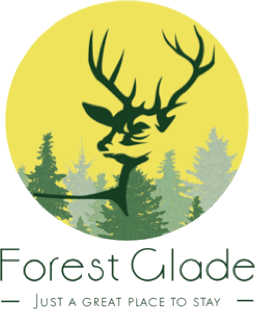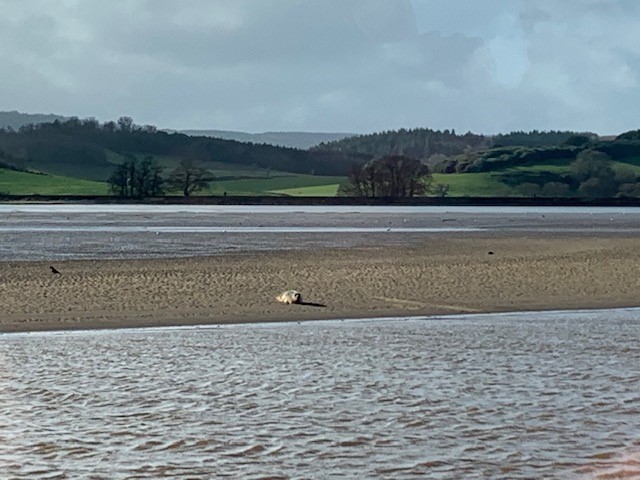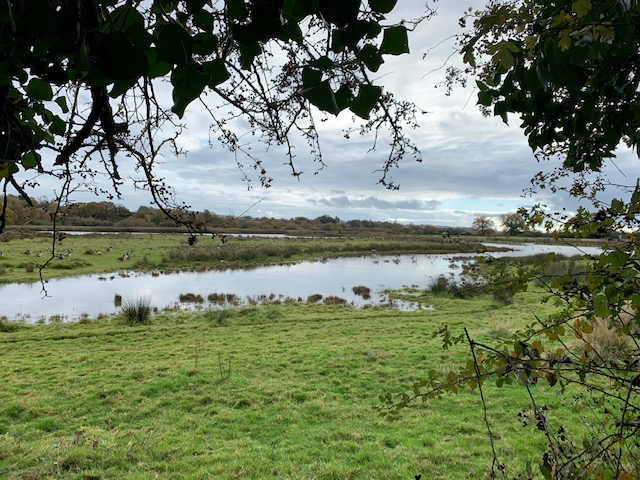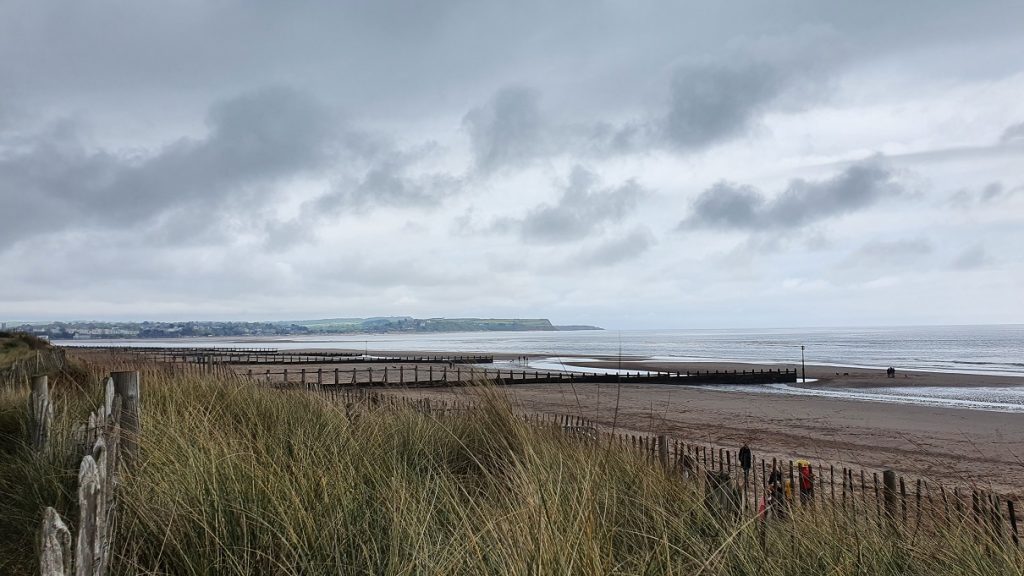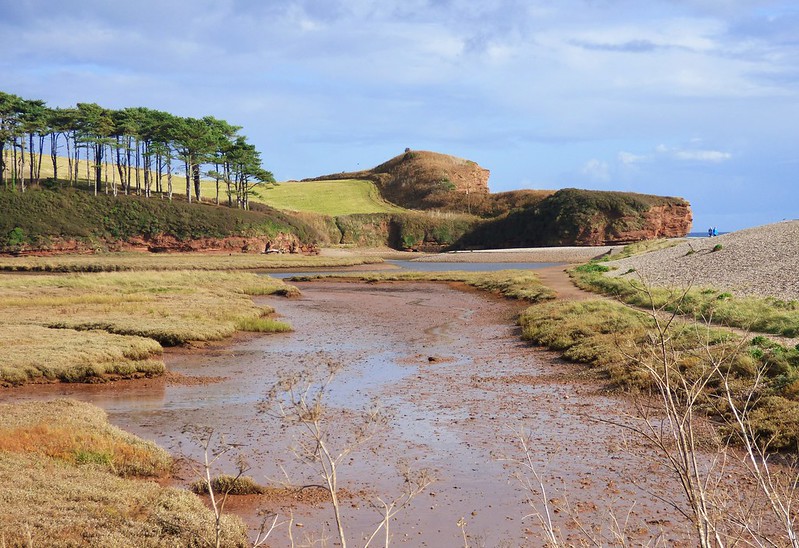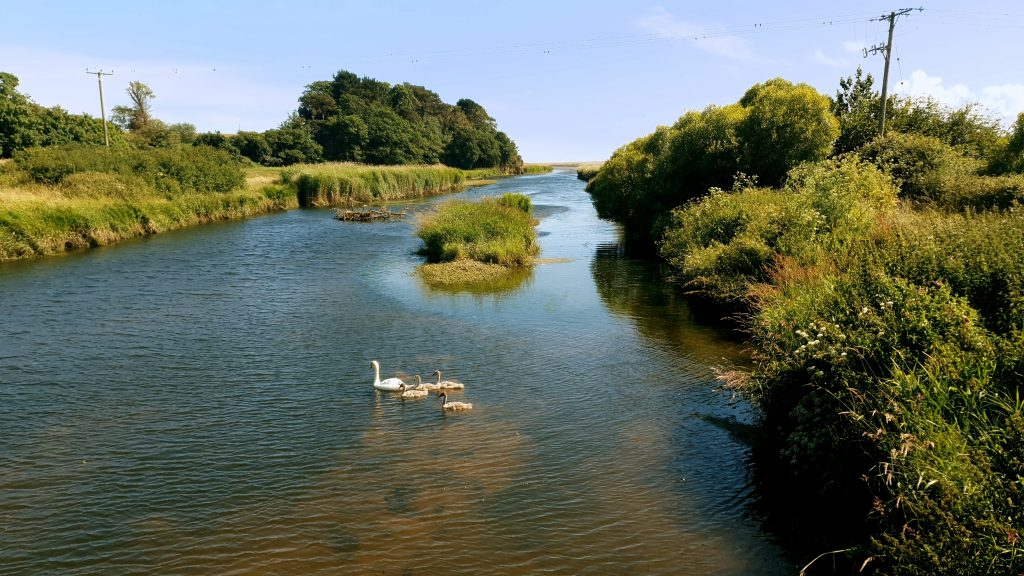We begin our tour in East Devon. The most famous nature reserve in the Axe Valley, Seaton Wetlands is a very accessible area of marshland and reed beds alongside the River Axe, with flat trails and boardwalks suitable for buggies and wheelchairs. It includes bird hides and a Discovery Hut, and car parking is available through Seaton Cemetery. When the hut is open, you can hire pond-dipping equipment. Visit the Wild East Devon website for lots of information about the wetlands, directions and a map. Please note that dogs are not allowed.
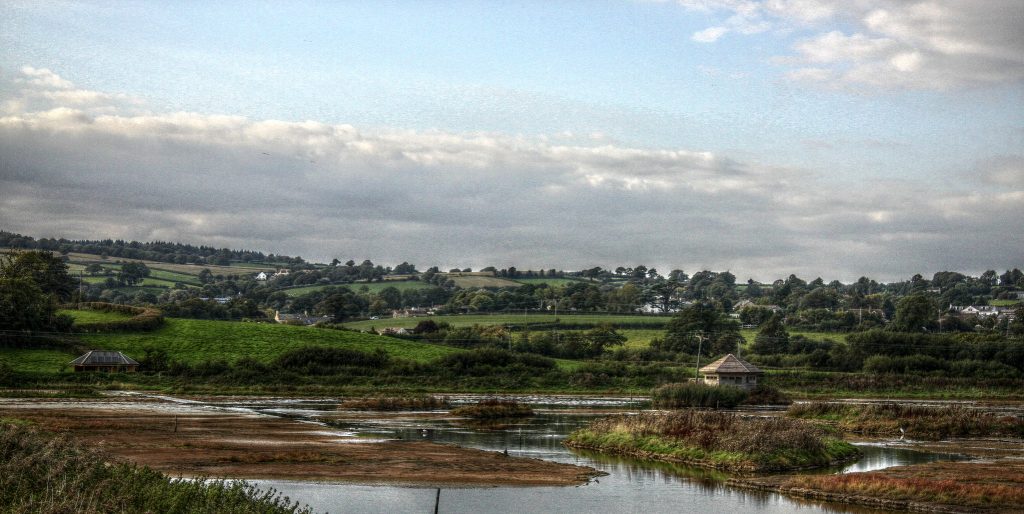 Seaton Wetland Centre by Mike Finn Licensed under CC BY 2.0
Seaton Wetland Centre by Mike Finn Licensed under CC BY 2.0
Seaton Wetlands are part of the Axe Estuary. This area has been newly designated a “Marine Conservation Zone” by the UK Government, meaning it is a site where nationally important habitats and species are protected. Read a Wildlife Trusts factfile about the Axe Valley. There are other nature reserves in the Axe Valley, listed here on the Axe Vale and District Conservation Society website.
If you’d prefer to sit back and view the abundant wildlife in comfort, book yourself a seat on the Seaton Tramway which includes a halt in the wetlands.
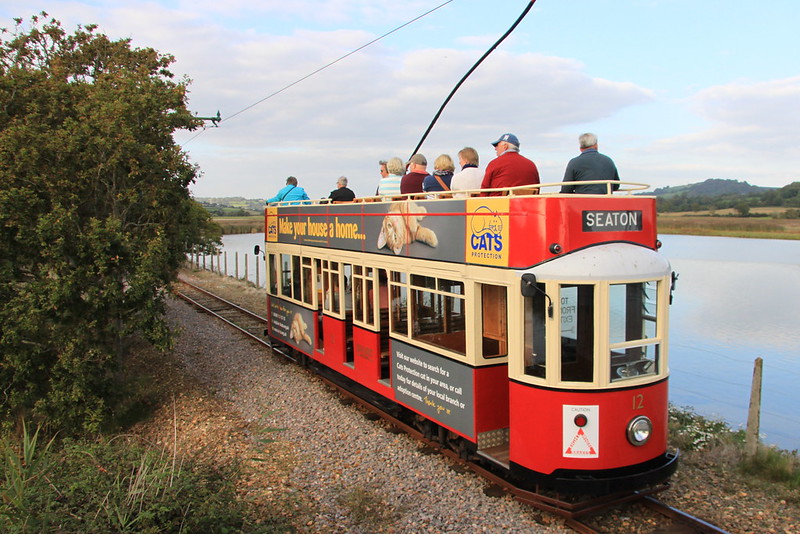
Seaton Wetland Centre – the Seaton tram by Mike Finn Licensed Under CC BY 2.0
